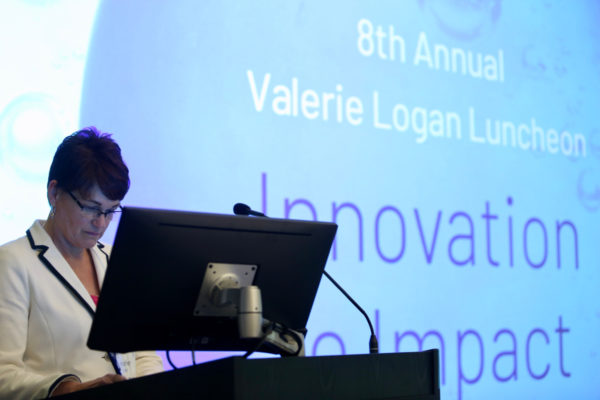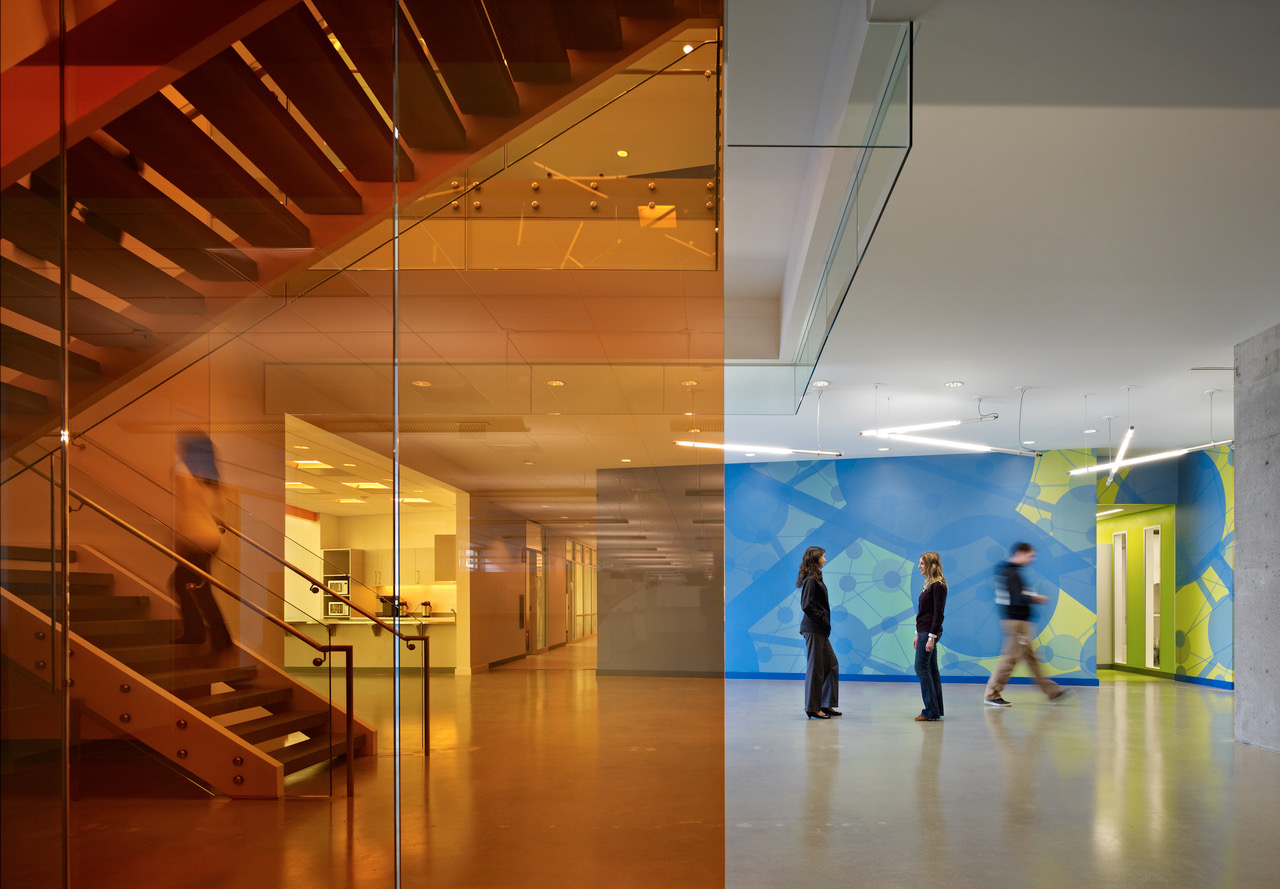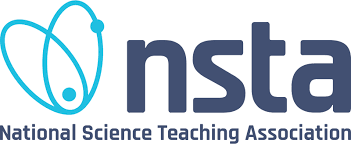STEAM Course
STEAM Towards A Healthier World A 3-week course focused on gaining an understanding of systems medicinethrough the relationship between the environment and health.Click here for an overview of the course. This program was made possible through generous funding fromthe Dean Witter Foundation & Dee DickinsonFor more information, please contact Project Manager,Becky Howsmon bhowsmon@systemsbiology.org – 2019 Ambassadors –At the culmination of the course, student Ambassadors developed art projects to teach others about…

‘Innovation to Impact:’ 8th Annual Valerie Logan Luncheon Shines Light on ISB Education
The 8th Annual Valerie Logan Luncheon celebrated ISB Education’s mission of engaging entire school systems — from principals and administrators to teachers and students — to ensure all students are STEM literate. Nearly 100 people attended the event at ISB, and generously gave more than $100,000 for ISB Education.

Interested in working with the SEE team?
We’re hiring! Posted: December 21, 2018 The Systems Education Experiences (SEE) program in the Baliga Lab at the Institute for Systems Biology (ISB) is currently hiring an Education Coordinator to work full or part-time. Since 2004, SEE has brought together interdisciplinary teams of students, educators, scientific researchers, engineers, and programmers to create new, engaging STEM learning experiences for others. We are looking for a highly motivated, detail-oriented person to help…

NSTA in Portland 2016 – Session Materials
Educators! We greatly enjoyed being with you at the regional NSTA conference in Portland. In addition to uploading materials through the NSTA website, we are including all session materials here, since NSTA has file size limits. Please contact us for any questions and/or needs. Thursday, November 10, 2016, 2:00-3:00pm – Ocean Acidification as a Way to Teach Multidisciplinary Science and NGSS Program Description: Explore a set of lessons that engage…
HS-LS4-1 Evidence Statement
Life Science: Biological Evolution: Unity and Diversity – Evidence Statement 1 HS-LS4-1: Communicate scientific information that common ancestry and biological evolution are supported by multiple lines of empirical evidence. [Clarification Statement: Emphasis is on a conceptual understanding of the role each line of evidence has relating to common ancestry and biological evolution. Examples of evidence could include similarities in DNA sequences, anatomical structures, and order of appearance of structures in…
Curriculum Template
Main Theme: Learning Objectives Pre-class activity/activities: Heads Up: Materials for class: Due Today: Assign Today: Next class: Lesson Plan: A. 5 min B. 15 min C. 15 min D. 15 min E. 15 min F. 20 min Post Class Notes Resources:
Layout Test
Introduction: In this activity, the students will be introduced to the fascinating world of extremophiles. The students will brainstorm questions and research these unique organisms. In the following lesson, students will be presented with a real life example of an event that affected the Great Salt Lake ecosystem, the building of a causeway. Based on observations of this phenomenon, students will generate hypotheses about factors affecting the growth of one…
Testing Tab Method
Instructional Activities Assessment Messages Settings Instructional Activities: As a pre-module homework assignment, you can have students access this short article on new techniques to measure brain activity. This article specifically discusses brain neurology as a system and the need for novel ways to “see” into it. Taken from August 2011 HHMI Bulletin, vol. 24, No.3 “Let’s Get Small“ by Helen Fields. Warm-up: Pass out a pre-assessment worksheet: Pre-assessment document. Encourage…
Testing Toggle Method
Introduction: More The students will be presented with a real life example of an event that affected the Great Salt Lake ecosystem – the building of a causeway. Based on observations of this phenomenon, students will generate hypotheses about factors affecting the growth of one prominent organism in this ecosystem, Halobacterium. They will then think about how they could design an experiment to test their hypotheses. This will lead to…


